Porady HANTPOL®
How to Remove Unpleasant Odours from RV Toilets
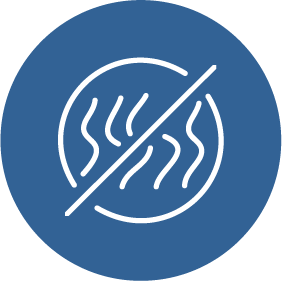
The Real Cause of Odour
The unpleasant odours in an RV often don’t come from the toilet, sink, or shower itself, although it may seem that way. The source of the smell usually lies within the black and grey water holding tanks.
Unlike home toilets, RV waste systems operate by storing waste in closed tanks, where organic matter decomposes with the help of bacteria until we dump it.
A healthy bacterial environment in the tanks is essential. Many of the odour issues stem from an imbalance in the tank’s bacterial flora or from suboptimal conditions that disrupt beneficial bacteria.
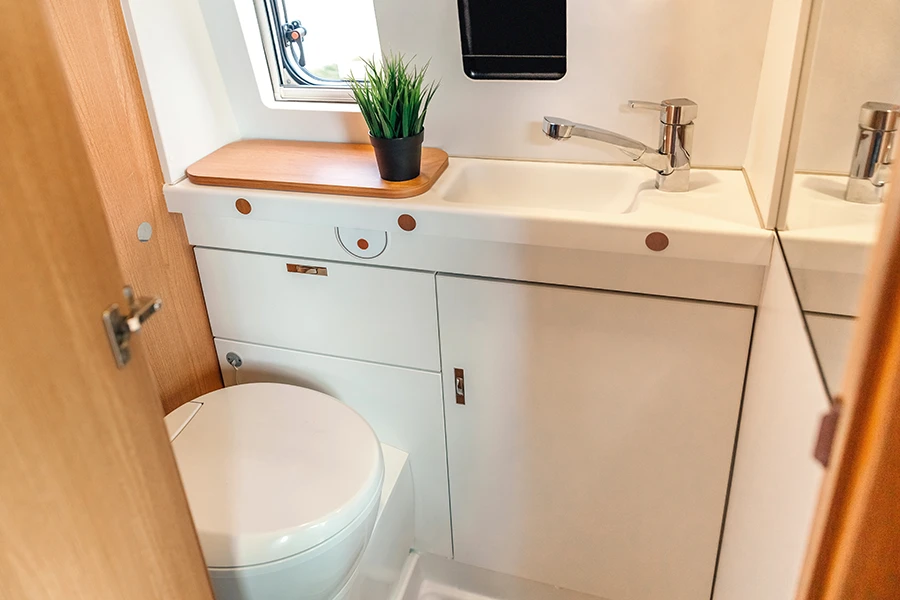

Holding Tank Water Level
Water is key to keeping your RV’s wastewater tanks in good condition and odour-free. The right amount of water is just as important as preventing tank overfilling.
When the water level is too low, the decomposition processes may not occur properly. Aerobic bacteria – the good kind that work without causing odours – need water to function optimally.
Moreover, water forms a natural barrier that stops odour from escaping the tank. When water is insufficient, foul smells from waste and residue above the waterline may become noticeable.
Maintain the proper water level by flushing the toilet a bit longer. Empty the tanks regularly to prevent sediment buildup and clogged pipes.
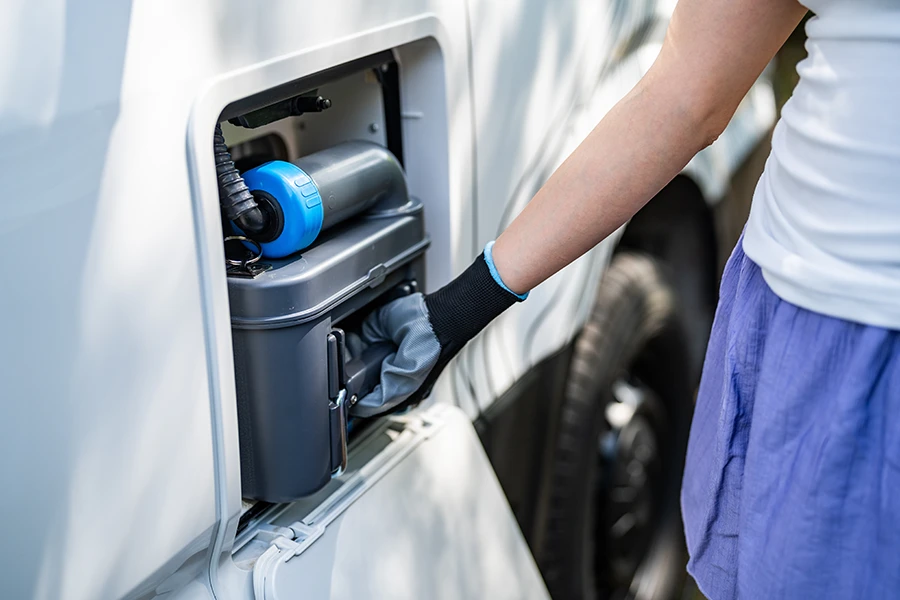
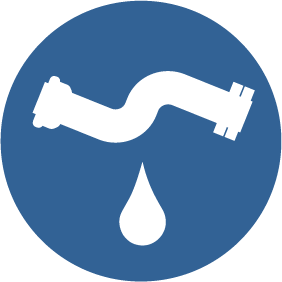
Poor Ventilation or Leaks
Odour issues may also stem from poor ventilation or mechanical issues within the system. It is important to have good airflow in your RV.
Check that ventilation is correctly installed and that tanks and pipes are leak-free. Sometimes, cracked or loose seals can be difficult to spot yet still release odours.
While regular tank emptying is crucial, so is proper tank cleaning. Leftover waste can accumulate and eventually clog the system. The ventilation itself can also get clogged over time, sometimes with leaves or debris, reducing airflow.
Remember to park your RV in a conscious manner, as even wrong wind direction can bring unwanted odours inside. This also applies to RVs connected to existing sewage systems (where fumes may backflow).
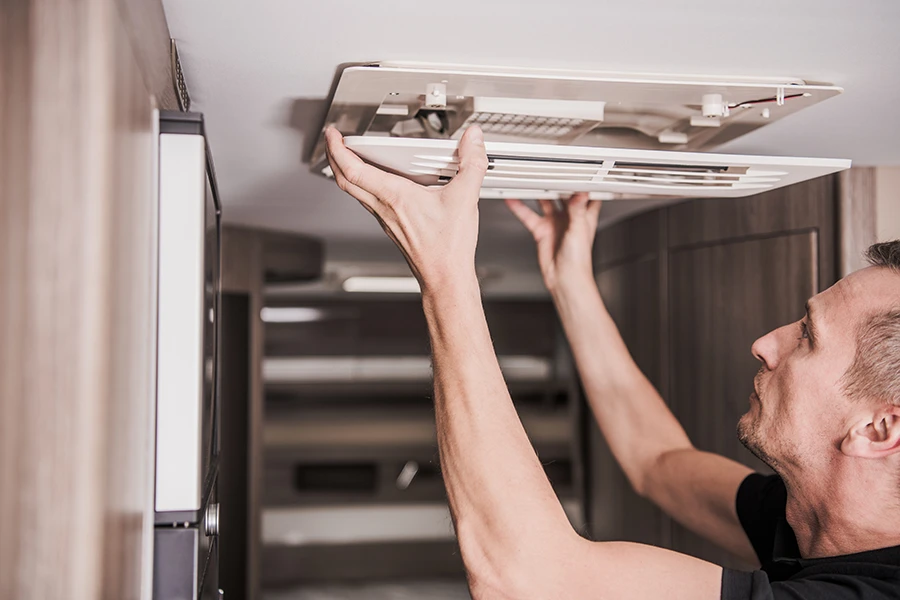

Extreme Temperatures
Both heat and cold can disrupt the wastewater tank’s processes. Extreme temperatures negatively impact beneficial bacteria, slowing their activity or encouraging the growth of bad anaerobic bacteria, which generate foul odours.
In high temperatures, cool the tanks by adding more water – ideally cold – and empty them more frequently. Parking in the shade can also help.
In colder weather, insulate or install a heater for tanks that might freeze. Adding warm water can be a temporary solution.
In both cases, ensuring good ventilation, regular emptying and cleaning the tanks, and using a higher dosage of bio-preparations to support good bacteria, will help combat odours in challenging conditions.
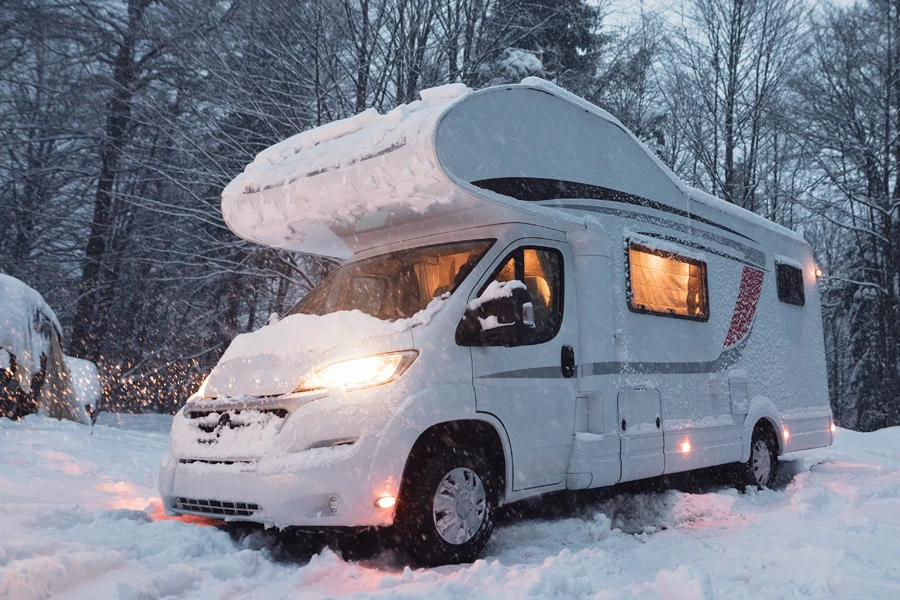
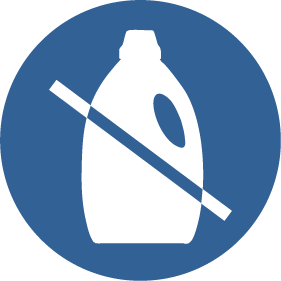
Harsh Cleaning Chemicals
Some RV owners may use strong chemicals and cleaning agents, such as bleach or chlorine, to sanitise sinks, showers, or toilets – sometimes even pouring them directly into the wastewater tanks.
However, these aggressive chemicals can disrupt the tank’s natural ecosystem by killing off beneficial aerobic bacteria that aid in decomposing organic matter without producing unpleasant odours.
When the balance of beneficial bacteria is disturbed, decomposition slows down, making tank emptying more difficult and leading to unpleasant odours inside the RV.
Instead, choose mild, biodegradable cleaning agents and use bioactive treatments, like BIOLATRIN® RV, specially formulated for RV holding tanks.
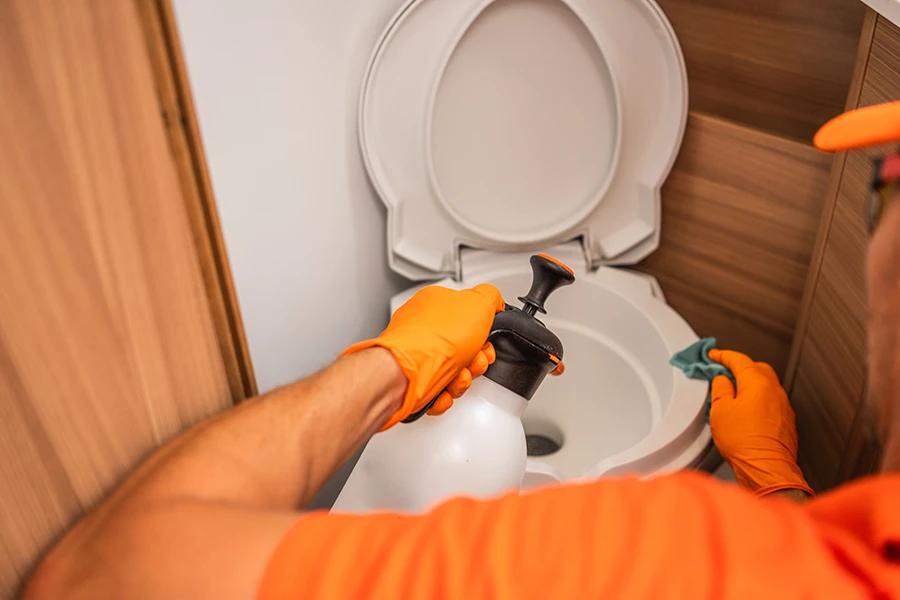
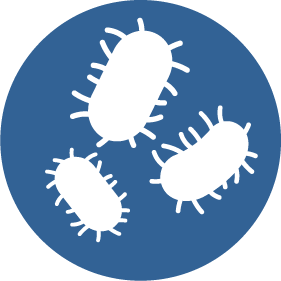
Use a Quality Bioactive Treatment Regularly
Beneficial bacteria are essential for a well-functioning RV toilet. Regularly adding them to the tank helps prevent common issues in the entire system, including unpleasant odours from the toilet, sink, or shower.
Using bio-preparations is eco-friendly and beneficial for your comfort and wallet.
BIOLATRIN® RV is a concentrated blend of beneficial bacteria and special enzymes selected for their efficiency in eliminating unpleasant odours and decomposing organic matter and toilet paper.
Our bio-preparation works effectively in black and grey water tanks in RVs and portable toilets. It accelerates decomposition, liquefies organic waste, and eliminates odour sources instead of masking them.
It’s safe for plumbing, pipes, and tanks, as well as for people and animals.
BIOLATRIN® RV is 100% biodegradable and eco-friendly.
